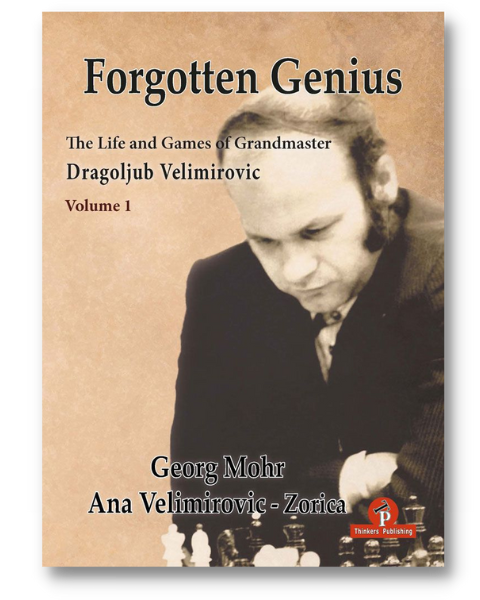Chess history is replete with legends whose names echo through time, like Fischer, Kasparov, and Carlsen. Yet, there are also lesser-known masters in the game, each contributing uniquely to the chess world. Among these unsung heroes are Dragoljub Velimirovic, Boris Verlinsky, and Vsevolod Rauzer. Let’s get to know them a bit better!
Dragoljub Velimirovic
Dragoljub “Drasko” Velimirovic, born in Yugoslavia in 1942, was known for his fearless, attacking style. His games were filled with imaginative sacrifices and complex tactical sequences, capturing the essence of chess as an art form. Velimirovic’s contributions to opening theory, particularly in the Sicilian Defense, remain influential.
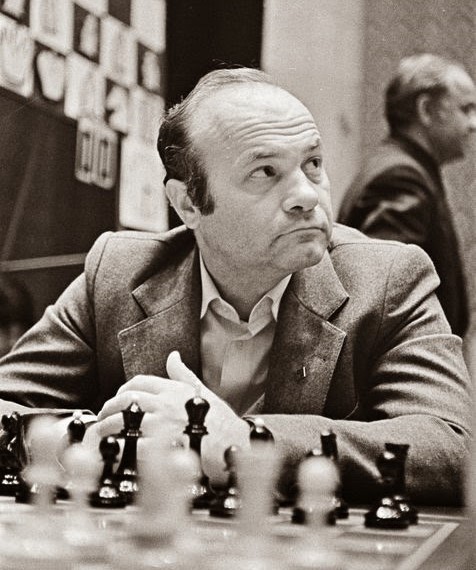
The line Sicilian, Velimirovic Attack goes as follows:
This line becomes super sharp, with a lot of theory developed. This suited Drasko’s style, and he went on to win many brilliant games with it.
Author Georg Mohr calls Drasko “A hero who in one way or another shaped the chess career and destiny of all chess players who grew up in the spaces of former Yugoslavia”. He won medals at various tournaments – the European Team Championships, the World Team Championship, and even the World Chess Olympiad. However, Drasko could never propel himself to the elite level and never qualified for the Candidates.
The book “The Life and Games of Grandmaster Dragoljub Velimirovic: Volume 1” written by Mohr and Velimirovic’s daughter, Ana, sheds light on the forgotten genius – all the obstacles he faced, but more so the contributions he made to chess. His adventurous spirit on the board continues to inspire players seeking to embrace the game’s creative and combative aspects. Take this position, for example:
Here the reasonable 13.a3 or 13.f3 is White’s best option, but true to Drasko’s style, he played 13.Bxe6!?. Now does this sacrifice work? Probably not (according to the engine), but Drasko’s opponent, Bruno Parma, was not a computer, and could not defend the craziness in the position. You can view the full game in the book’s free sample!
There is a lot more to learn about this forgotten genius, and a lot of crazy games to see. Check out the book on Forward Chess:
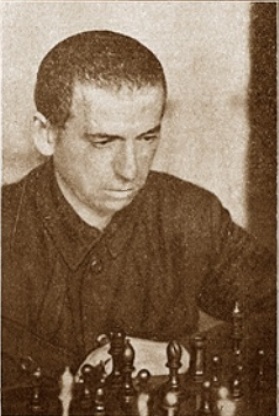
Boris Verlinsky
Boris Verlinsky (1888-1950), born in the Russian Empire (present-day Ukraine), was a pioneer in Soviet chess. He won the Soviet Championship in 1929, at a time when Soviet chess was beginning to assert its dominance on the world stage. Verlinsky’s career, though often overshadowed by his more famous contemporaries, was marked by innovative play and contributions to early Soviet chess development, setting the stage for future generations.
His journey in chess was marked by several notable victories, including wins against some of the most formidable players of his time like Alexander Alekhine, José Raúl Capablanca, and others. A remarkable aspect of Verlinsky’s life was his resilience in overcoming the challenges posed by becoming deaf due to meningitis at a young age. Despite this, he excelled in chess, a testament to his exceptional capabilities and determination. His victory over Capablanca in 1925 with black pieces stands out in showcasing his skill in exploiting the game’s complexities:
Verlinsky’s chess career includes winning the 6th Soviet Championship in Odessa in 1929, a victory that initially earned him the title of Grandmaster, although this title was controversially removed in 1931. This decision has been speculated to pave the way for Mikhail Botvinnik to become the first official Soviet Grandmaster. Despite this setback, Verlinsky’s contributions to chess and his remarkable games continue to be celebrated in chess and in 1950 he was awarded the International Master title by FIDE. Sergei Tkachenko details Verlinsky’s life and career in the biography “First Grandmaster of the Soviet Union: A Chess Biography of Boris Verlinsky“.
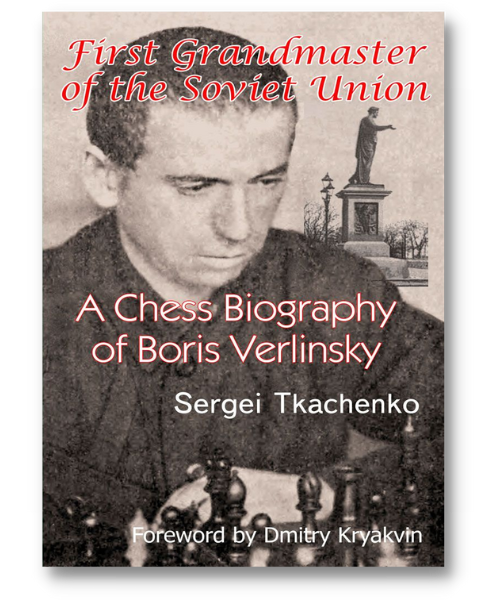
Vsevolod Rauzer
Vsevolod Rauzer (1908-1942), born in Kiev, was a formidable player and one of the most influential opening theorists of his time. His analysis and innovations, particularly in the Sicilian Defense, have left a lasting legacy. The Rauzer System, characterized by its complexity and dynamism, continues to be a critical part of chess opening theory, reflecting Rauzer’s deep understanding of the game’s intricate nature.
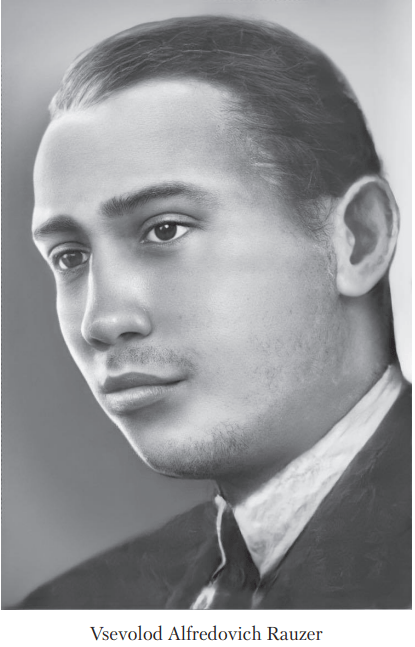
Rauzer’s life was marked by his intense dedication to chess theory, often spending up to 16 hours a day on theoretical research, driven by his belief that 1.e4 was superior to 1.d4. Despite his statistical success with 1.d4, he switched to 1.e4, leading to the development of various new opening systems, including the renowned Richter-Rauzer Attack in the Sicilian Defense:
This “obsession” with chess theory is delved into in the book “Obsession: A Chess Biography of Vsevolod Rauzer” and takes a look at Rauzer’s opening laboratory while shedding light on historical developments in certain variations.
Rauzer’s achievements include tying for first in the 1927 Ukrainian Chess Championship and being the joint Ukrainian Champion in 1933. He also had notable performances in several USSR Championships, with his peak estimated rating reaching 2627, ranking him 22nd in the world in mid-1937. However, his promising chess career was cut short due to mental health issues, leading to his confinement in a psychiatric hospital by the end of 1940 and his subsequent death during the Siege of Leningrad.
In the chapter “The Opening Creations of Vsevolod Rauzer” which can be viewed in the book’s free sample, Rauzer’s opening improvement on a game by Lasker is shown. Take a look!
Get the book on Forward Chess:
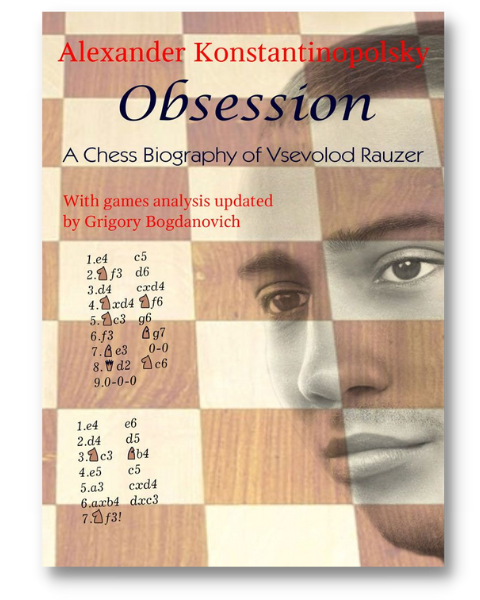
Let us know in the comments which forgotten genius we should talk about next!
For a limited time, all books mentioned in the post are on sale with a special offer only at Forward Chess.
- The Power of Pattern Recognition: The Woodpecker Method 2 - August 20, 2024
- Rock Solid Chess: Volume 2 - February 21, 2024
- Unsung Heroes of Chess - February 19, 2024

